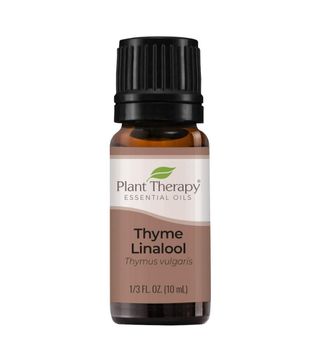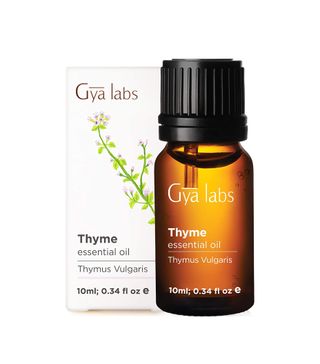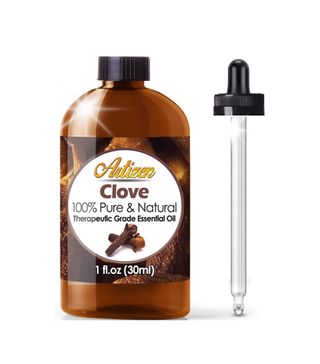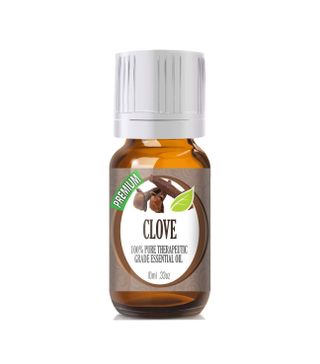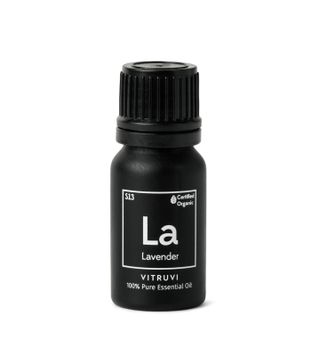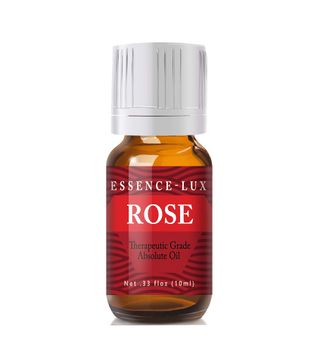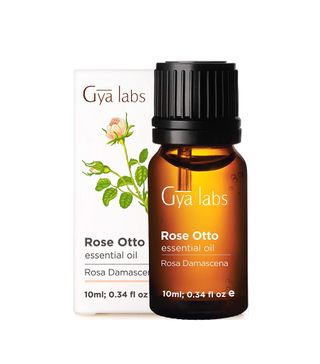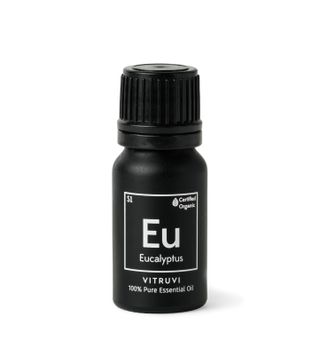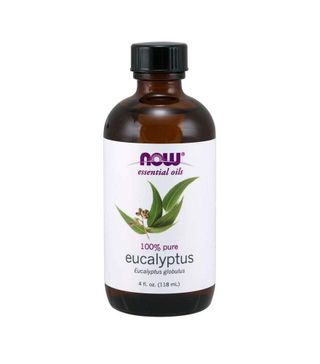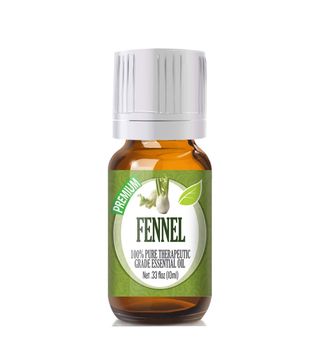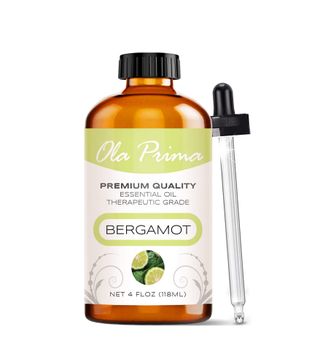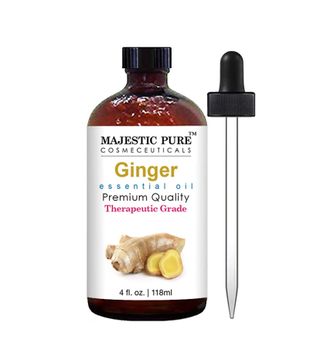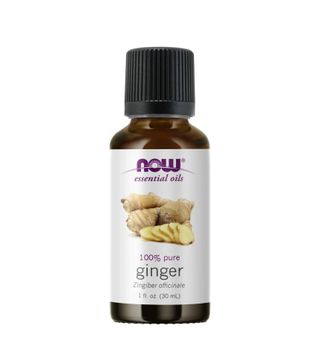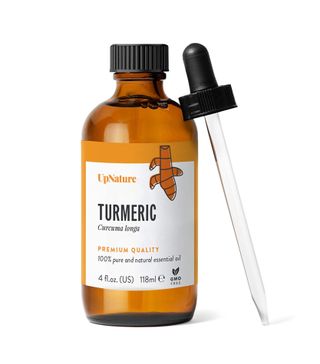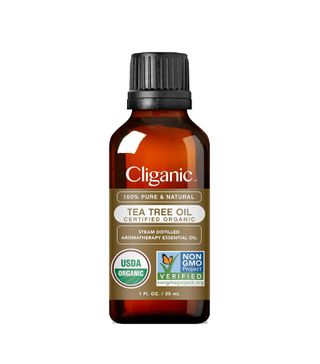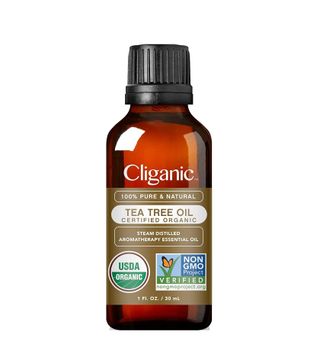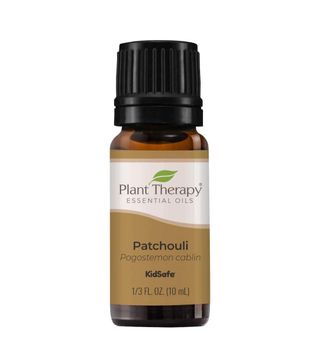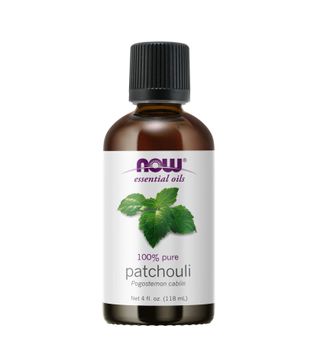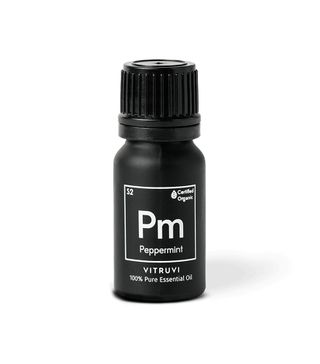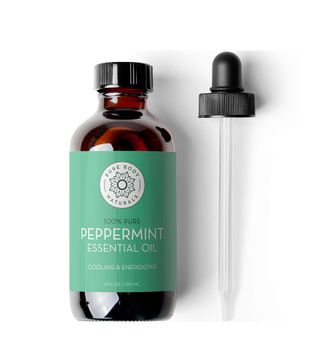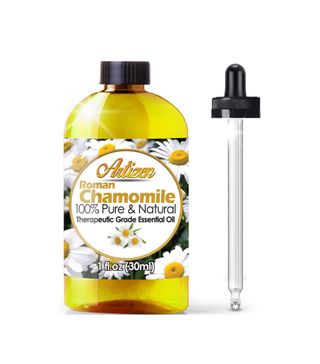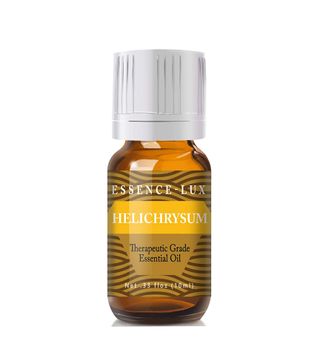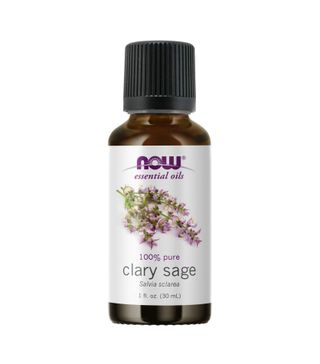Combat Inflammation With These 15 Essential Oils

Inflammation is your body's protective response to perceived threats and damage. Trouble starts when your immune system can't find the off switch to stop this natural process. Everyday stressors like lack of sleep, a diet high in processed food, viruses, and pollution (not to mention stress itself!) set the stage for chronic inflammation, which affects every aspect of health. Some inflammation, like skin irritation or joint swelling, is easy to recognize. But you may not realize that issues like gastrointestinal distress, respiratory infections, and asthma may also be due to inflammation.
The good news? Using essential oils for inflammation is one way to bring your body back into balance. "Essential oils function not only as anti-inflammatories, but also have antimicrobial and antibacterial properties," says Stacey Steinmetz, cosmetic biochemist and creator of StimuNail. "Many are known to suppress enzymes that trigger the body's immune response that leads to inflammation."
Because the skin allows oils to penetrate their lipid barrier out of recognition, it's important to always dilute essential oils with a carrier oil such as jojoba or avocado, Steinmetz cautions. "For skin that is damaged or irritated, it's best to do a small patch test, typically on the inner arm, 24 hours before using," she suggests.
Ahead, the 15 best essential oils for inflammation to help treat redness, bumps, dryness, and inflammatory conditions of all kinds, plus where to buy every single one.
1. Thyme
Thyme oil is the most potent anti-inflammatory essential oil. "Phenol carvacrol, an element of thyme essential oil, suppresses the expression of the COX-2 enzyme, which is part of the inflammatory cascade," says Jessica Wright, MD, owner and operator of Rejuvenate Austin. "This is the same enzyme that aspirin and ibuprofen inhibit." And there's science to prove it: A 2010 study showed thyme suppresses almost 75 percent of COX-2, on par with other OTC analgesics.
2. Clove
Clove's familiar, spicy scent comes from the powerful compound eugenol, which boosts blood flow to inflamed areas. These same stimulating, analgesic properties can alleviate muscle aches. Add a few drops (a little of this one goes a long way) to a carrier oil and massage over affected areas. It's also historically been used as a treatment for teeth and overall oral hygiene, says Isabel Lazo, essential oil expert and founder of Isa Lazo, a skincare brand focused on earth-friendly products. She suggests diluting the oil in water and use it as a mouthwash to relieve the pain and swelling of a toothache.
3. Lavender
Possibly the most popular essential oil (rightfully and belovedly so), lavender has been used for centuries in beauty routines as well as to treat inflammation of all kinds and reduce tension and anxiety. "Lavender has many medicinal properties, including antioxidant, analgesic, and anti-inflammatory effects which have been shown in several studies," says Wright. This 2015 paper demonstrated that lavender oil was able to reduce swelling in ear infections as much as steroid drops. The oil can be applied directly to areas of pain or inflammation, consumed, or enjoyed in a diffuser or a bath.
4. Rose
Fragrant rose essential oil is known for its soothing, antibacterial properties that calm inflamed skin while also encouraging cell turnover so that your skin can repair itself more quickly. One of Lazo's personal favorites, she notes there are actually several different types kinds of rose oil: rose otto, rose absolute, Persian rose, Bulgarian rose, Turkish rose. That being said, they all provide the same uplifting scent and inflammation-reducing qualities. "Rose essential oil can be used in daily skincare practices to maintain moisture balance, even skin tone, and clear acne," she says. Additional therapeutic uses include alleviating menstrual cramps, anxiety, stress-related conditions, and reducing scarring.
5. Eucalyptus
An easy-to-find and easy-to-use essential oil with cleansing and cooling qualities, eucalyptus is well-known for calming irritated respiratory systems when inhaled through steam. (Steam room ideal, hot shower realistic.) Like thyme, eucalyptus inhibits the inflammation-causing enzyme COX-2, and its antimicrobial benefits for skin also may reduce skin inflammation and disinfect minor wounds.
6. Fennel
Fennel essential oil boosts circulation and has astringent properties that can reduce bloating and puffiness. Best known for promoting healthy digestion, when used in a diffuser, fennel eases respiratory symptoms and enhances productivity, says Steinmetz. Try fennel in a massage or bath oil to alleviate fluid retention. Consider it a perfect multi-use essential oil to support any kind of spring detox.
7. Bergamot
Bergamot essential oil is beloved for its gorgeous scent, as well as its antimicrobial, anti-inflammatory, and healing properties. That being said, phototoxicity is something to keep in mind when using bergamot, says Lazo, who recommends never using bergamot before any kind of sun exposure. Therefore, if you're using this EO topically, it is best to keep it a part of a nighttime ritual. Bergamot calms and uplifts, and when used in aromatherapy, can soothe anxiety and clear negative thoughts. Therapeutic uses include infections, acne, stress, and emotional strengthening.
8. Ginger
Ginger is a favorite home remedy for digestive issues and stomach upset. The warming, soothing essential oil has an uplifting effect when used via steam or diffuser, and inhaling the scent can often halt a bout of motion sickness or nausea. Antibacterial and antimicrobial compounds in ginger help the root reduce inflammation by keeping bacteria and infection at bay. A 2013 review showed ginger is widely known to have powerful antioxidant and anti-inflammatory effects. Ginger's rich phytochemistry has strong anti-tumor properties as well.
9. Turmeric
Most know the brightly pigmented spice, but many are unfamiliar with the much more concentrated essential oil. Try adding this warming massage oil to your post-workout muscle recovery. Properly diluted turmeric can be applied topically overall to improve skin health or as a spot treatment. "Turmeric has an active polyphenol in it called curcumin, which is responsible for the buzz around the spice," says Wright. Curcumin is an anti-inflammatory agent and antioxidant, used for exercise recovery, arthritis, metabolic syndrome, and hyperlipidemia. Fun fact: Turmeric is from the same plant family as ginger, and its therapeutic uses include gastrointestinal conditions such as indigestion.
10. Tea Tree Oil
Used in Australia for centuries, the cleansing and cooling properties of tea tree oil are well known for soothing skin irritations. "Tea tree oil Is a wonderful antiseptic, so it will fight bacteria, infection and reduce inflammation," says Steinmetz. Troponin-4-ol, the main component of tea tree oil, has been found to suppress inflammatory responses. You can apply it topically to zits, but be incredibly sparing—here, a little goes a really long way. Alternatively, when diffused, it can have a cleansing effect and freshen up any space, adding focus to a home office or crispness to a kitchen.
11. Patchouli
Patchouli oil is known for its unique scent (it's often associated with the hippie movement of the '60s and '70s), and is thereby treasured in both perfumes and aromatherapy for its calming mental effect. The oil performs a similar function on the skin, calming redness, reducing puffiness, and soothing blemishes and rashes, says Lazo. Enjoy this oil's balancing qualities by diluting with a carrier oil and applying it to the soles of feet for a grounding effect.
12. Peppermint
No home should be without a bottle of peppermint essential oil. With cleansing, cooling, and stimulating qualities, peppermint is wonderful in mouthwash, homemade all-purpose cleaners, and lotions. In aromatherapy, peppermint energizes and brightens the mood. It also has an analgesic effect, which means it helps to reduce pain with a cool numbing sensation. That cooling effect is particularly beneficial when the oil is massaged, via a lotion or carrier oil, into sore, tired feet. When rolled onto temples or inhaled, peppermint may alleviate headaches, nausea, sinus congestion, and fatigue.
13. Roman Chamomile
I love this oil for its powerful yet gentle nature. "Roman chamomile has a reparative benefit," says Steinmetz. Beyond soothing skin irritations, compounds in chamomile speed the healing of wounds and acne and ease rosacea and eczema. In aromatherapy, this oil promotes a peaceful atmosphere and induces a relaxed state. Great for days when you're feeling irritable or angry. Therapeutic uses include calming muscular spasms, rashes, acne, eczema, inflammatory skin infections, sunburn, insomnia, stress-related conditions, and anxiety.
14. Helichrysum
Helichrysum is a lesser-known essential oil made from a plant with golden yellow flowers and is more commonly referenced as immortelle when used in beauty products. (Sounds fancier, right?!) Like Roman chamomile, it has a reparative effect on damaged and aging skin. "In aromatherapy, it is great for easing allergies and anxiety," says Lazo, "I like blending it with chamomile and rose on particularly stressful days." A study on arzanol, a compound in helichrysum, was found to inhibit a whole host of inflammatory enzymes, showing significant anti-inflammatory, antiviral, and antioxidant activities.
15. Clary Sage
Clary sage essential oil has been used for centuries due to its soothing benefit to the skin and its calming and purifying qualities. Lazo recommends clary sage for menstrual cramps: "A couple of drops in the carrier oil or lotion of your choice can make for a soothing abdomen massage. Or try a few drops in the diffuser for a relaxing and calming experience—great for relieving stress and tension." Clary sage calms irritated skin and controls excess sebum in oilier skin types, making it perfect for acne, an inflammatory skin condition. Other therapeutic uses include PMS, hot flashes, muscular aches, insomnia, and stress. Avoid during pregnancy.
Disclaimer
This article is provided for informational purposes only and is not intended to be used in the place of advice of your physician or other medical professionals. You should always consult with your doctor or healthcare provider first with any health-related questions.
-
 6 Essential Oils That Will Heal Your Painful Sunburns
6 Essential Oils That Will Heal Your Painful SunburnsAll-natural relief ahead.
By Samantha Parsons
-
 These Essential Oils Will Relieve Your Stress ASAP
These Essential Oils Will Relieve Your Stress ASAPBreathe in. Breathe out.
By Sarah Yang
-
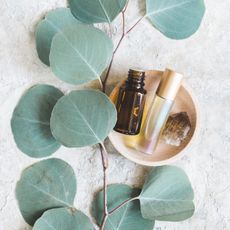 If You're Going to Start Using Essential Oils, This Is the Most Versatile One
If You're Going to Start Using Essential Oils, This Is the Most Versatile OneIt has so many uses.
By Sarah Yang
-
 This Is the Trick to Try the Next Time You Have a Headache
This Is the Trick to Try the Next Time You Have a HeadacheSoothe that tension.
By Sarah Yang
-
 The 8 Essential Oils That Will Give You Flawless Skin
The 8 Essential Oils That Will Give You Flawless SkinSomething for every skin type.
By Caroline Dweck
-
 The Best Essential Oils to Stock Up on for Anxiety Relief
The Best Essential Oils to Stock Up on for Anxiety ReliefThese have powerful soothing properties.
By Sarah Yang
-
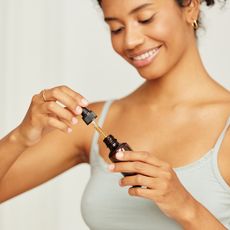 10 Skin-Tightening Essential Oils That Are Like Nature's Botox
10 Skin-Tightening Essential Oils That Are Like Nature's BotoxGive your skin a boost.
By Caroline Dweck
-
 6 Essential Oils That Can Help You Deal With Nausea
6 Essential Oils That Can Help You Deal With NauseaPlus, how to use them.
By Sarah Yang
